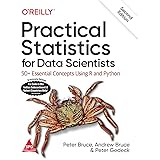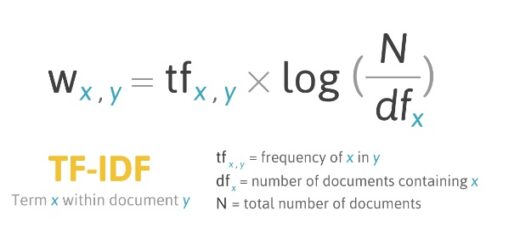How to learn Big Data for Beginners?
How to learn big data for beginners, before we go into the Big Data step-by-step roadmap, let’s talk about what “Big Data” is.
What exactly is “Big Data?”
Big data, as the term implies, is a massive volume of data generated on a daily basis by everyone. This data could be anything; a Facebook post, for example, is a type of data.
Data is growing at a breakneck pace. According to one report, 463 exabytes of data would be created every day in the world by 2025 – the equivalent of 212,765,957 DVDs per day!
To manage and process such a large volume of data, big data analytics are used. This created data is unstructured since it is not in the right format. Image data, text data, audio data, and other types of data may be included.
The practice of extracting valuable patterns from massive amounts of unstructured data is known as big data analytics.
It entails a number of procedures, ranging from data cleansing to pattern detection.
It’s a way of storing and processing massive amounts of data. The three V’s are used to define big data.
The magnitude of data, or how much data is generated, is referred to as volume.
Variety- It refers to the type of data generated, such as structured or unstructured data.
Velocity is the term used to describe the rate at which data is generated.
Now let’s look at the Big Data roadmap in detail.
How do you go about learning Big Data in a step-by-step manner?
Step 1: Get a basic understanding of the Unix/Linux operating system and shell scripting
Because many programs include a command-line interface with commands based on shell scripting and Unix commands, you should have some experience with shell scripting.
You may create data pipelines with the aid of Shell Scripting. A shell script is a text file that contains a command sequence for UNIX-based operating systems.
You can learn Unix/Linux Operating System and Shell Scripting with these resources-
Course:-
Step 2: Pick a programming language (Python/Java) and learn it.
Java is used to write some of the primary core components of prominent Big Data technologies. That’s why many big data frameworks still use Java as their foundation.
Python can also be used to process large amounts of data. However, Java is rather straightforward, and you won’t need any third-party assistance.
You can learn Python or Java. It’s entirely up to you.
Python has a large number of tools and open-source libraries, while Java provides Hadoop, a framework for creating big data applications. If you’re a newbie, Python is a good choice because it’s simple to learn and use. Otherwise, Java is the way to go.
Let’s look at some resources for learning Java and Python.
Course:-
- The Python Tutorial — Python 3.10.4 documentation
- Python for Absolute Beginners | Python Beginner to Pro 2021 | Udemy
- Java Programming for Beginners | Udacity Free Courses
Step 3: Study SQL
The most difficult skill to master in Big Data is SQL. As a result, you should have a solid grasp of SQL. Because you will occasionally have to deal with unstructured data, you will need to know NoSQL.
Playing around with SQL in relational databases can help us better grasp how enormous data sets are queried.
These classes will teach you SQL and NoSQL.
Course:-
- Learn SQL Basics for Data Science | Coursera
- IBM Data Analyst Professional Certificate | Coursera
- NoSQL systems | Coursera
Step 4: Become acquainted with Big Data Tools
The next stage is to study Big Data tools once you’ve mastered Python, Java, and SQL. Hadoop and MapReduce, as well as Apache Spark, Apache Hive, Kafka, Apache Pig, and Sqoop, are all necessary.
All of these tools should be familiar to you at a basic level. These classes will teach you about big data.
Course:-
- Introduction to Hadoop and MapReduce | Udacity Free Courses
- Big Data | Coursera
- Hadoop Developer In Real World: Learn Hadoop for Big Data | Udemy
Step 5: Begin Practicing on Real-Life Projects
First and foremost, congratulations! You have a good understanding of Big Data. It’s time to get your hands dirty with some real-world assignments. Getting a career as a Big Data Engineer requires a lot of projects.
The more tasks you complete, the better your comprehension of data will get. Projects will also give your resume more credibility.
Start with real-time streaming data from social media networks with APIs, such as Twitter, for learning purposes.
That’s all there is to it! No one will be able to stop you from landing in the Big Data field if you follow these procedures and acquire the necessary skills.





